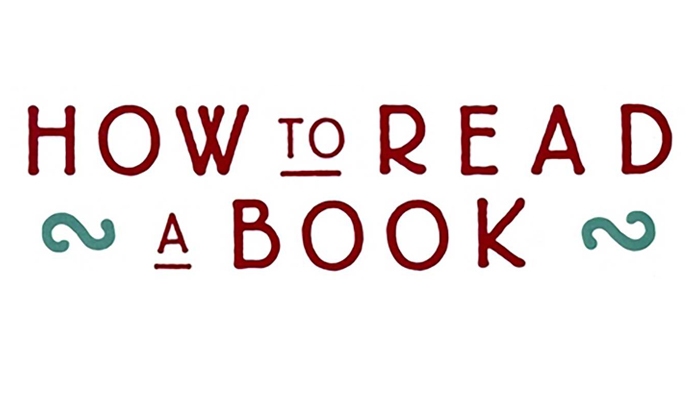|
For someone who “never reads fiction,” here goes yet another excursion into the world of literature. Benet’s Reader’s Encyclopedia: A Completely Revised and Updated Edition of the Bestselling Encyclopedia of Classic and Contemporary World Literature edited by Bruce F. Murphy (Fifth Edition, Collins 2008) is accurately termed a “classic” reference book.
I have special affection for this book.
In 1969, B. Dalton Booksellers was a very young chain. Minneapolis-based department store company Dayton’s had entered several new realms, including the creation of Target stores. One of the younger family members concluded that America needed a better bookstore chain. At that time Waldenbooks was the only national bookseller, and they were not that visible or strong, with small stores. The construction of enclosed shopping malls across the land provided opportunities for new chains to be created and developed.
The Dalton name was generated by research, it sounded nice and “booky.” The division’s young leadership was serious about books, and it showed. They carried far more titles than Walden, and more than most independent stores. When they rolled into markets like Indianapolis, they were immediately the best bookstore in town. As soon as they opened in “my regular mall,” Glendale in Indianapolis, I got there as quickly as I could. This was one of the earliest of what later became a giant chain. (And was many years later acquired by the very entrepreneurial Barnes & Noble, which also bought out my company, BOOKSTOP.)
I remember how much like a library those early stores felt, with big floor-standing wooden globes for accents. I was already a booklover, and was so thrilled at this new innovation that I asked to see the manager, and we had a long talk about books and the book business. I was about 17. It was so exciting to see someone innovating, experimenting, learning, and bringing more books to a “starving” public.
I also remember that they opened around what was then the Washington’s Birthday holiday – February 22. So they offered 22% off of everything in the store to introduce their great selection to customers in Indiana. This was a pretty rare thing to do, and maybe was a subconscious impetus for me to later start a chain of discount bookstores.
With my saved-up allowance – $1 or $2 a week I think – I had to be very careful about what to buy. And how to get the most bang for the buck out of their offer. So I bought Benet’s Reader’s Encyclopedia, the 1965 second edition, then largely edited by the late William Rose Benet. List price was $8.95 for the large 1118-page book so I must’ve gotten it for $6.98. I still have that book and still treasure it. The publishers and editors brought out new editions in 1987, 1996, and 2008, which is the one I am reviewing here.
So what’s all the hoopla about?
Here, in one “concise” 1210-page volume, are over 10,000 entries covering the whole of world literature. Books, fictional characters, authors, poets, poems, and other literary elements are thoroughly covered. Right after Oliver Wendell Holmes, Sr. (a doctor and “man of letters”) you find Oliver Wendell Holmes, Jr. (the famous judge), and Sherlock Holmes (no relation). Why is Francis Bacon – or Saul Bellow – so important? When did J.D. Salinger live? Was he a visible celebrity? (No.) Did he write a lot? (No.) What were his most important works and what was special about them? How about Arthur Clarke and Jorge Luis Borges? What is the Book of the Dead and who were the Golden Horde?
If you like concise alphabetical reference books as much as I do, you will like this book. If you know as little about great literature and its creators as I do, you NEED this book! Just knowing enough to make good party conversation, or not have literary references in books and articles fly over your head, is worth the price of the book.
|
|











